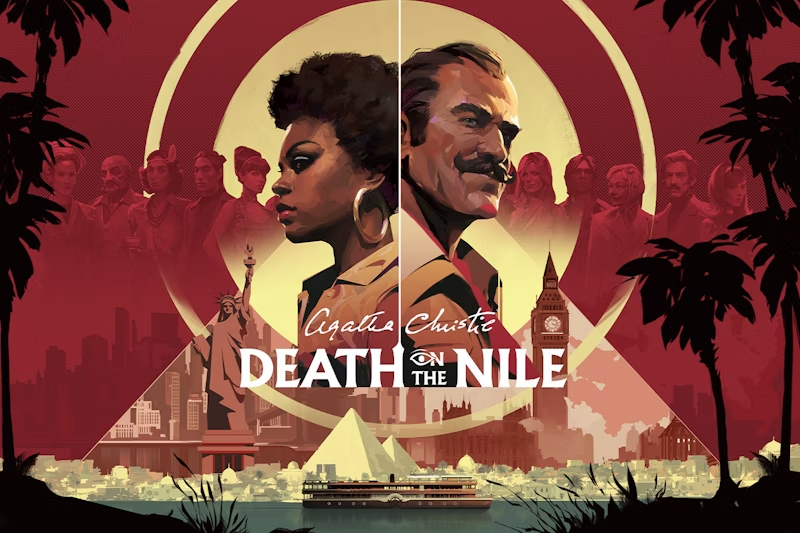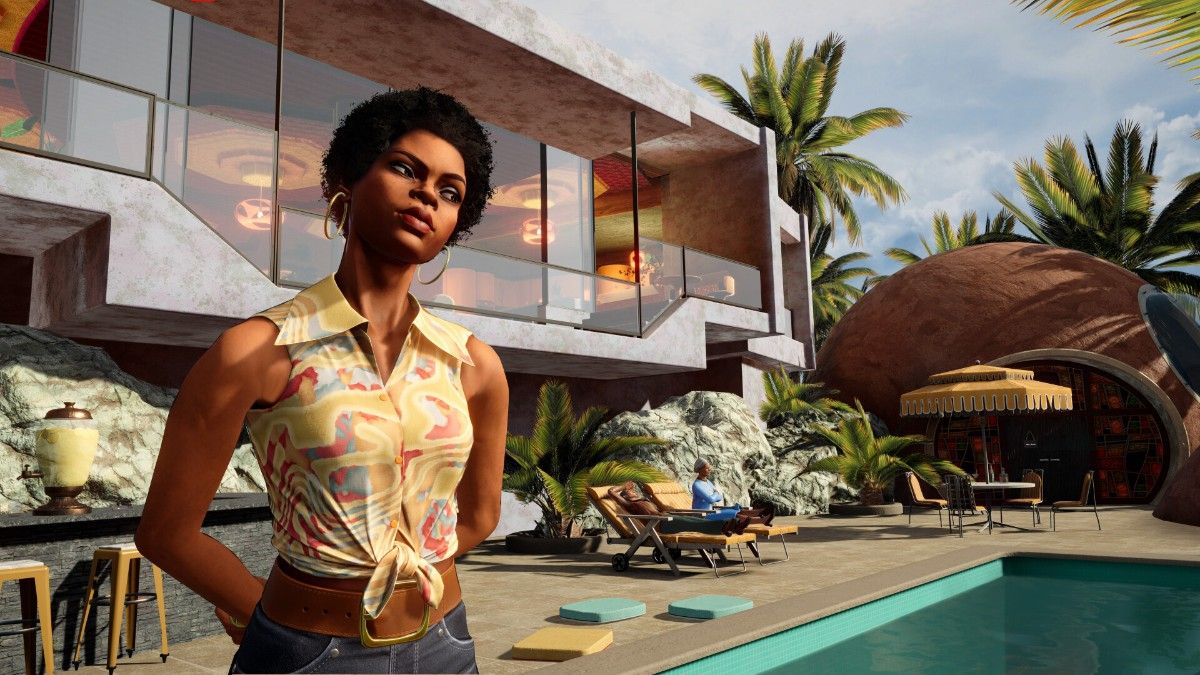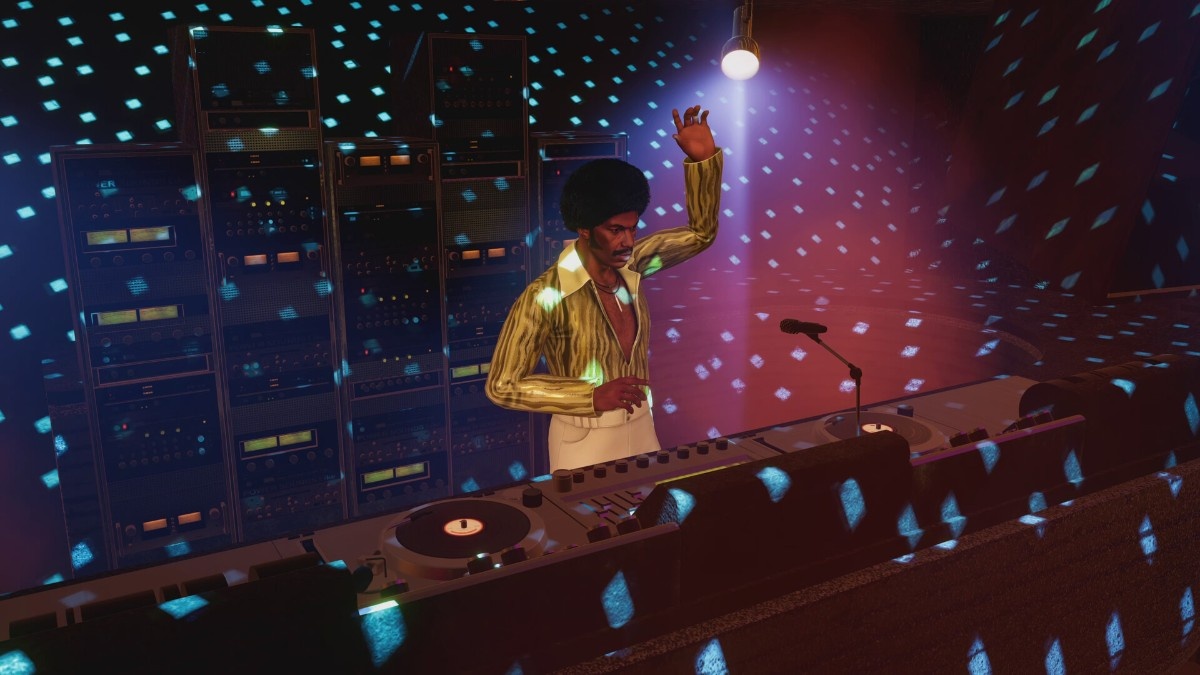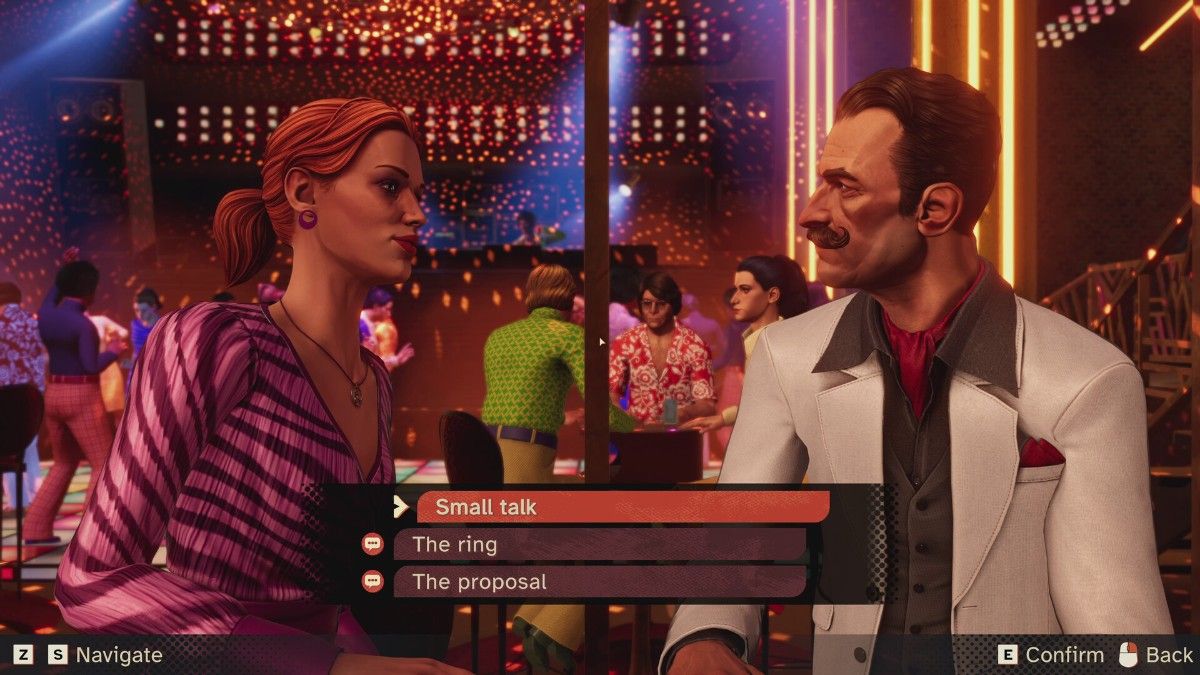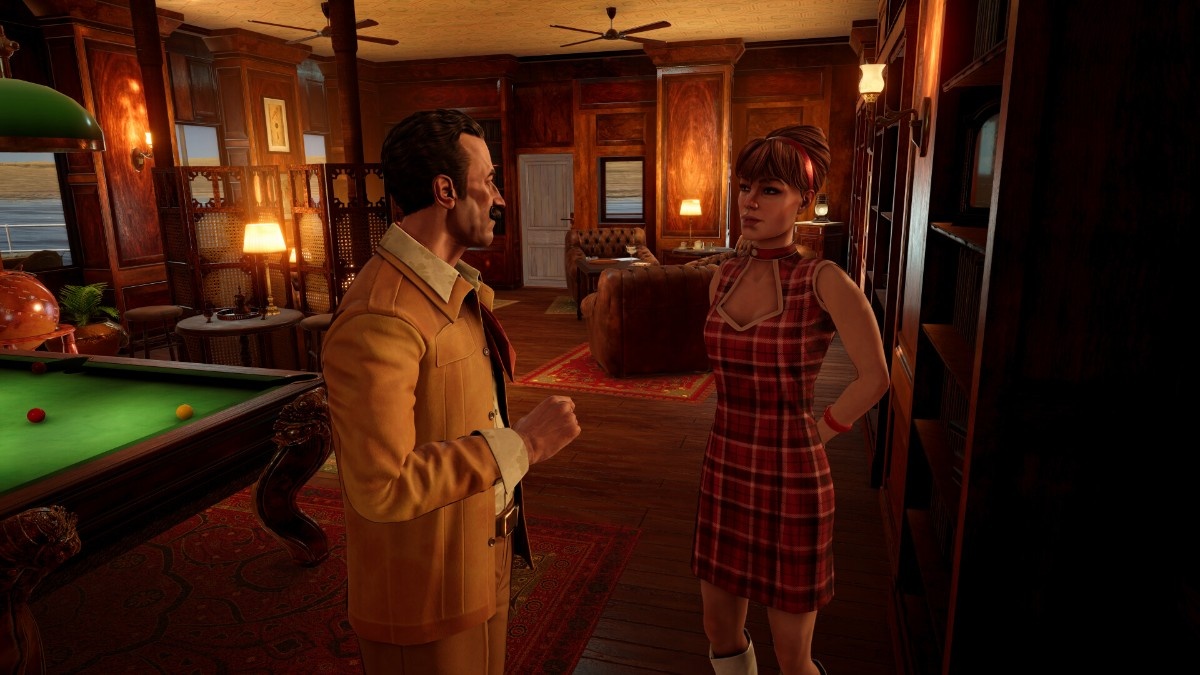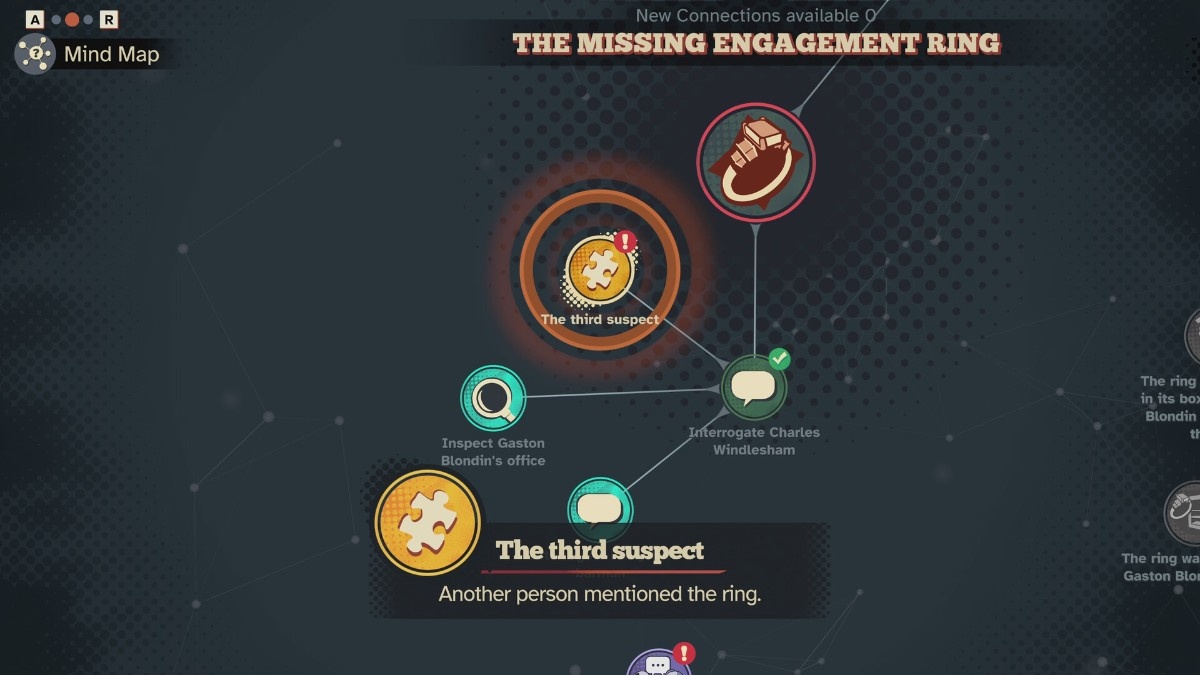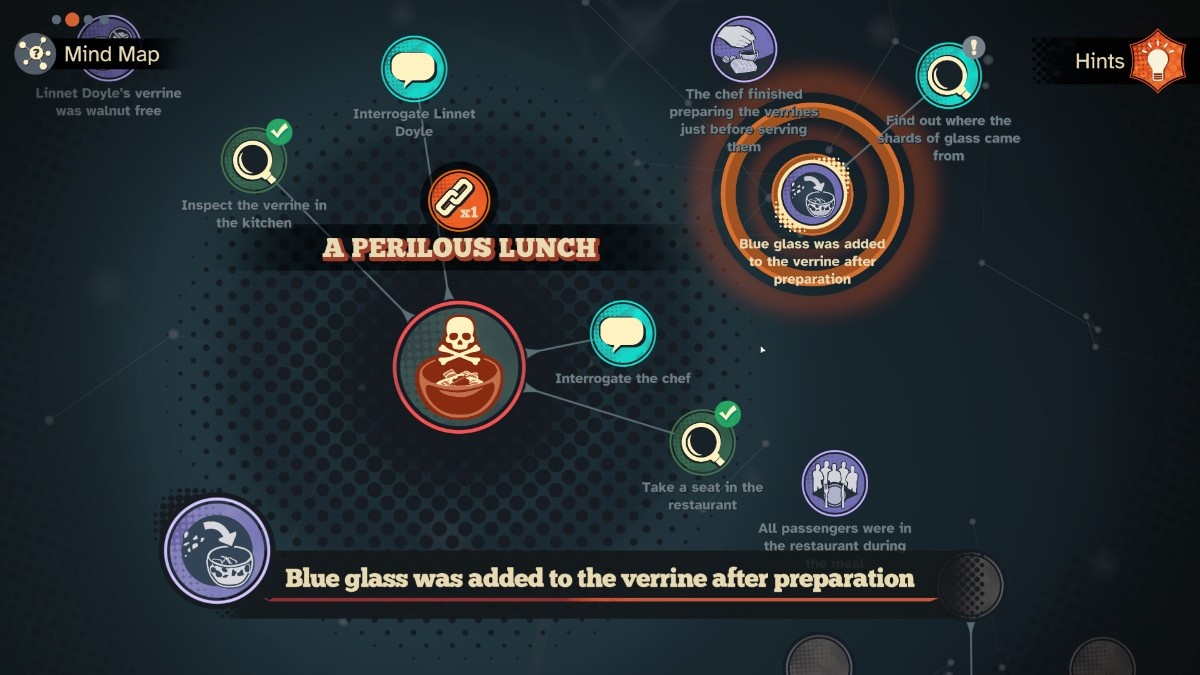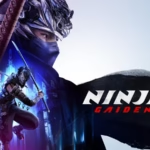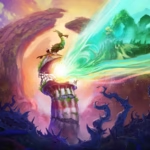When Microids dropped word of their latest Agatha Christie swing, I was equal parts pumped and wary. Death on the Nile? The 1937 classic where Poirot sips tea amid a boatload of backstabbers? But cranking it to the disco-dazed 1970s with a fresh sidekick detective? Bold move. After wrapping up my playthrough on PS5 yesterday (September 22, 2025, just days ahead of the September 25 launch), I’m here to say: It mostly lands. This isn’t your grandma’s whodunit; it’s a funky, clue-stuffed romp that swaps stiff collars for flared pants and adds layers of interactivity that make the sleuthing sing. Clocking in at 15-20 hours across multiple cases, I’d peg it a solid 8/10—charming enough to convert casual mystery buffs, though purists might gripe about the tweaks.
A Groovy Twist on Christie’s Timeless Tale: 1970s Vibes Meet Murder Mayhem
Christie’s Death on the Nile has always been peak closed-room chaos: A luxury liner packed with suspects, secrets, and a splashy corpse. Microids keeps the core—a honeymoon cruise gone bloody on the SS Karnak—but jets it forward to the bell-bottom ’70s for that sun-soaked, spy-thriller flair. Think bell-bottomed Brits rubbing elbows with jet-setters in Cairo hotspots, all scored to a funky soundtrack that wouldn’t faze Austin Powers. The real game-changer? It’s not just Poirot’s show anymore. Enter Jane Royce, a whip-smart PI fresh off the boat from London, chasing her own killer trail from foggy pubs to sun-drenched Majorca beaches, before crashing into the Nile drama at Abu Simbel.
The story sprawls beyond the book’s final page, weaving in fresh subplots and twists that feel organic rather than tacked-on. Cases bleed across months, with suspects aging, alibis shifting, and grudges festering—way more dynamic than the original’s tight 12-day squeeze. I won’t spoil the hooks, but that time-jump flexibility? It’s a breath of fresh Nile air, turning one-off murders into a serialized saga. If you’ve devoured Murder on the Orient Express (Microids’ 2023 hit), this feels like a natural evolution: Deeper lore, but still Christie’s razor wit shining through.
One quibble: The expanded cast can sprawl, making early threads feel tangled. But hey, that’s detective life—messy and rewarding once the fog clears.
Tag-Team Detectives: Poirot’s Pipe Meets Royce’s Lockpicks
Here’s where Death on the Nile shines brightest: The Hercule Poirot and Jane Royce gameplay duo. You bounce between them like a buddy-cop flick—Poirot’s your cerebral walrus, twirling that mustache while grilling suspects with velvet-gloved jabs; Royce is the agile upstart, jimmying locks and scaling balconies for that sneaky intel. Their paths intersect organically, sharing a communal case log that feels like a shared Google Doc for gumshoes. One minute you’re Poirot pondering motives over cognac; the next, Royce’s eavesdropping on a shady poolside chat.
It adds replay flavor—Royce’s stealthy vibes suit tailing missions, while Poirot dominates the interrogation rooms. And the writing? Snappy, with ’70s slang peppering lines that nod to Christie’s originals without aping them. Characters aren’t all showstoppers (some feel like stock BBC extras), but the mix keeps you guessing—who’s the shifty one, really? That procedural realism grounds it, making the world pop without supernatural gimmicks.
Sleuthing Smarts: From Mind Maps to Timeline Tango
If you’re chasing that slow-burn satisfaction of Sherlock Holmes: Crimes & Punishments, this’ll scratch the itch. Core loop? Scour sun-baked decks and dusty Cairo bazaars for clues—rotate artifacts like a fidgety curator, snap photos of scuff marks, jot overheard whispers. Dialogues branch into topic trios, letting you poke at alibis or motives, with the game subtly flagging exhausted threads on easier modes.
The star? Death on the Nile mind map deductions and crime scene reconstruction. Build Poirot’s deduction board by linking clue pairs—motive here, opportunity there—unlocking logical leaps with light puzzles (no twitch reflexes, thank god). It’s intuitive, blending gut feels with grid-like satisfaction. But the reconstruction? Magic. Drag suspects onto a 3D timeline of the scene: 10:45 PM, victim’s in the lounge; 11:02, shady spouse slips out a side door. Misplace one, and timelines clash hilariously—until that “aha!” snap when it all aligns into a mental movie. I nailed a mid-game twist this way, hours of notes crystallizing in seconds.
Character profiles are the unsung hero: Actively fill ’em with names, secrets, and ties (pick from dropdowns like a sleuth’s CRM), cementing faces to fibs. Subtle hints pop if you’re stuck, but crank difficulty to strip ’em for purist pain. Eavesdropping’s finicky—trigger zones are hit-or-miss, sometimes pulling bullhorn vibes from across the pool—but when it clicks, it’s gold.
The Reconstruction Reveal: When Clues Go 3D
That crime scene bit deserves its own shout: It’s spatial logic as gameplay, turning vague statements into a drag-and-drop diorama. Early on, I thought I had the killer pegged—until positioning bodies exposed a blind spot in my theory. Boom, whole case flipped. Fits the framework like a velvet glove, ramping tension without frustration.
Groovy Looks, Solid Sound: But Not Without Hiccups
Visually, it’s a cel-shaded fever dream—saturated ’70s palettes with disco flares that scream No One Lives Forever homage. Highlights pop (those expressive mustaches!), but low-poly backdrops and dated car models can yank you out, feeling like a 2010 relic. Performance? Rock-steady on PS5 (60fps locked, minor dips in crowded Cairo), and it’ll hum on Switch for portable puzzling.
Audio steals the show: Voice work nails inflections—guilty sneaks sound coy, innocents straightforward—without telegraphing lies. No over-the-top accents; just nuanced chats that reward active listening. Collectibles? Golden mustaches, because why not—hunt ’em for lore bits that tempt replays.
The Highs, Lows, and Lingering Cases
Fun factor? Sky-high for genre fans—puzzles like a jukebox cipher (pattern-matching gold!) had me grinning ear-to-ear. But frustrations creep in: Eavesdrop zones glitchy as a bad wiretap, and plot rug-pulls (crims escaping justice for “feelings”) sting, yanking triumph mid-stride. Still, the sprawl pays off, with side mysteries begging New Game+ dives.
| Pros | Cons |
|---|---|
| Killer dual-detective dynamic with Poirot & Royce | Eavesdropping triggers feel inconsistent & immersion-breaking |
| Brilliant crime scene reconstructions & mind maps | Visual style dated in spots—low-poly charm or chore? |
| Expansive ’70s story with time-jumping cases | Occasional plot frustrations rob victory feels |
| Nuanced voice acting & active clue logging | Early density overwhelms without hints |
| Smooth performance across PS5, Xbox, Switch, PC |
Verdict: 8/10 – Agatha Christie Death on the Nile isn’t reinventing the genre, but it polishes Christie’s gem into a vibrant, brain-teasing treat that outshines its Orient Express predecessor. Fans of narrative detectives, snag it September 25 on PS5, Xbox Series X/S, Nintendo Switch, or PC via Steam. It’s got that addictive “one more clue” pull, even if the grooves occasionally skip. Compared to Sherlock titles, it’s less flashy but more grounded—perfect for cozy sleuth sessions.
Buddy cop Poirot or solo Royce—which detective’s your vibe? Drop your theories (no spoilers!) below—we’re giving away a copy to one lucky commenter. And yeah, stay tuned for our Silent Hill f deep-dive tomorrow. Cheers!
